How to create a good Bonsai trunk
The base and trunk is what immediately attracts attention when looking at a Bonsai tree. We discuss the most important aspects of the trunk: the surface roots, tapering, thickness, and shape.
The nebari
The Nebari (surface roots, or root-flare) is important in providing a Bonsai with a well-balanced appearance. Deciduous Bonsai, like the Japanese maple, can often be found with wide, radial surface roots, that anchor the tree. More information can be found at the Surface roots page.
Tapering
A trunk should be thicker at its base than at the top of the tree; this is called tapering. Although it is hard to improve irregularities in the thickness of a trunk (select trees well before buying them) it is possible to achieve minor changes:
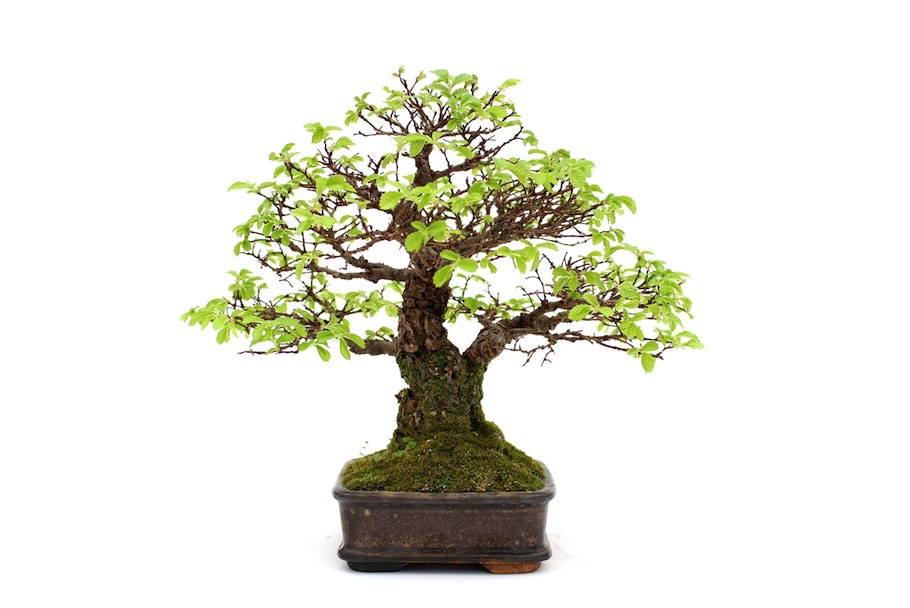
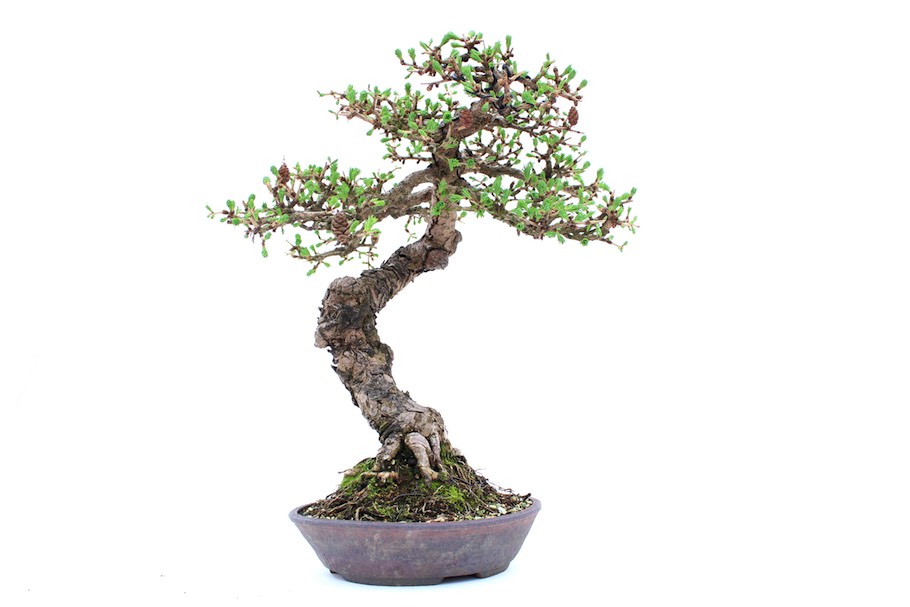
Thickness
Bonsai plants often look older than they are when they have a thick and gnarly trunk. The only way for a trunk to grow thicker is to let the tree grow freely in a large container or in the ground, without pruning it much for several years. The faster the tree grows, the faster you'll have a thicker Bonsai trunk. Once you are satisfied with the thickness of the trunk you can focus on the branch structure and place it in a smaller pot.
One technique to thicken a trunk in a controlled manner, is to grow sacrifice branches or apexes. This technique involves leaving one or more branches/apexes on the tree that are not part of the final design. These branches are allowed to grow freely and vigorously, their rapid growth sends more energy to the trunk, promoting thickening. Once they have served their purpose we remove them, hence the name sacrificial.
Thickening a trunk with a sacrificial apex
Using sacrificial apexes is the preferred way to grow thicker trunks on Bonsai. By letting a shoot grow out unimpeded, the entire trunk will thicken over time. It can be tempting to let a sacrificial apex grow for several years, but usually it is best to remove it in 1-2 years time and if necessary, start a new sacrificial apex (otherwise removing it would leave a very big scar).
When selecting a shoot to become the sacrificial apex, make sure it grows on the back or interior of the tree, this way when we remove the apex, the wound won't be too visible. Also, as the sacrificial apex grows larger, make sure it doesn't shade out your Bonsai by pruning the lower branches on the sacrificial apex.
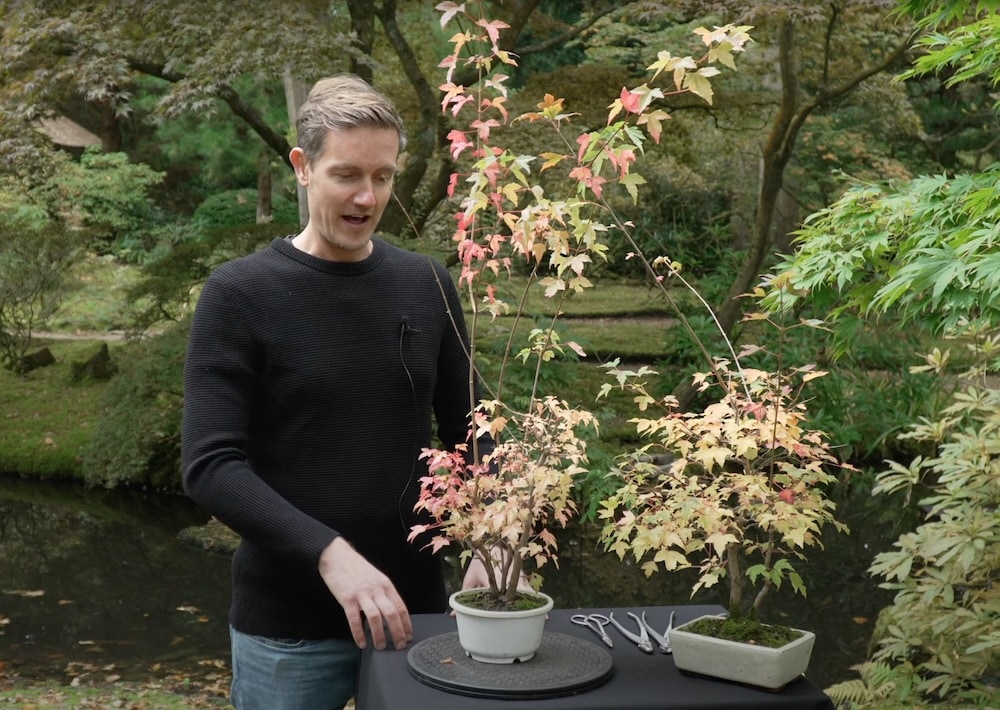
Thickening a Bonsai trunk using sacrificial branches
Instead of growing out an apex to sacrifice, we can also select a shoot lower on the trunk to grow as a sacrificial branch. This is particularly useful if we wish to thicken only a part of the trunk (anything underneath the sacrificial branch will thicken up). Again, make sure to select a shoot on your bonsai that will not show a visible scar once we remove the branch two years down the road! Usually, this is easier to achieve than with a sacrifical apex.
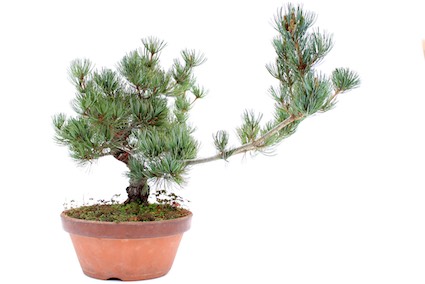
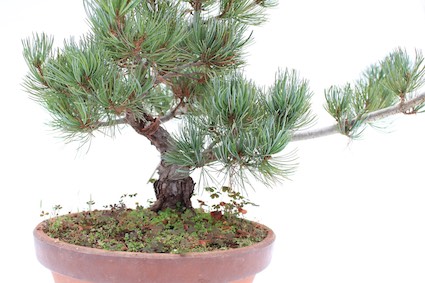
Overall shape
The overall shape of a trunk is one of the most eye-catching aspects of a tree. Some Bonsai have slender, elegant and twisting trunks; Juniper Bonsai for example often show these qualities. The classic Japanese black pine on the other hand often reveals a thick, heavy trunk. As it is nearly impossible to bend a trunk once it reaches a certain thickness (until that point you can use a trunk-bender or simply wire it in shape) it is important to take the shape of the trunk into account when buying it. When growing Bonsai trees from scratch, setting the shape of the trunk is one of the first things we do, well before we start thickening the trunk.





